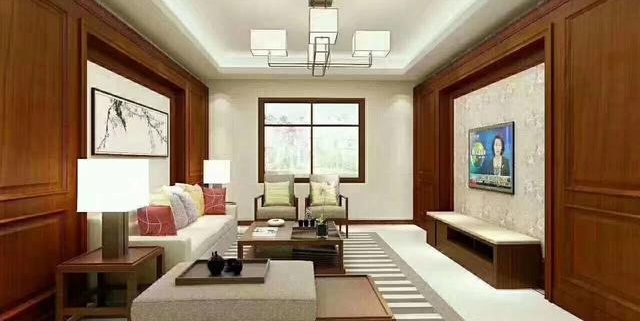How to mix and match different decorative wall panels in a space?
Mixing and matching different decorative wall panels in a space can create a dynamic and visually interesting environment. Here are some tips to help you achieve a harmonious blend:
Stick to a Unifying Theme: Choose wall panels that share a common theme, whether it’s color, pattern, texture, or material. This creates a sense of cohesion and prevents the space from feeling disjointed.
Vary Panel Sizes: Use panels of different sizes to add variety. Consider mixing larger, more prominent panels with smaller ones to create a balanced look.
Contrast Colors and Textures: Experiment with contrasting colors and textures. For example, pair a smooth, glossy panel with a textured or matte panel to add depth and interest.
Create Accent Walls: Designate specific walls as accent walls and use different panels on these surfaces. This allows you to experiment with diverse styles without overwhelming the entire space.
Consider Proportions: Pay attention to the proportions of the panels. Ensure that the mix of sizes and patterns complements the size of the room and the scale of other design elements.
Balance Bold and Subdued: If one panel has a bold pattern or color, balance it with more subdued or neutral panels. This prevents the space from feeling too busy.
Use a Neutral Base: Start with a neutral base and introduce pops of color or patterns with specific panels. This provides flexibility and prevents the space from feeling too chaotic.
Experiment with Panel Layouts: Try different layout patterns, such as geometric arrangements or alternating panels, to add visual interest. Use your creativity to find a layout that enhances the space.
Consider Architectural Elements: Take into account the architectural features of the room. Use wall panels to enhance and complement these features rather than compete with them.
Combine Different Materials: Mix materials like wood, metal, and glass for a diverse and sophisticated look. Ensure that the different materials harmonize with the overall style of the space.
Create a Gradual Transition: If you’re transitioning from one type of panel to another, consider creating a gradual transition by introducing intermediary elements that share characteristics of both.
Experiment with Heights: Play with panel heights to create a dynamic visual flow. For instance, using panels of varying heights can draw the eye upward, making the space feel more expansive.
Consider Lighting: Lighting can influence the way panels are perceived. Experiment with different lighting arrangements to highlight specific panels or create focal points.
Personalize with Art: Integrate artwork or wall decor within the panel arrangement to add a personal touch and break up the pattern.
Remember, there are no strict rules when it comes to mixing and matching decorative wall panels. The key is to maintain balance and visual harmony while expressing your creativity and personal style. Experiment, step back, and reassess until you achieve a look that feels cohesive and visually appealing.




